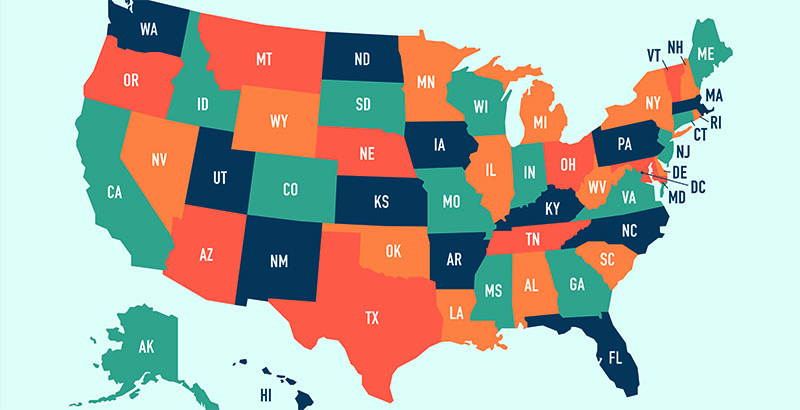This Week’s ESSA News: ‘Less Than Promising’ Thinking on State Accountability Plans, but a ‘Little-Noticed’ Provision Offers Hope on Equity, Transparency

This update on the Every Student Succeeds Act and the education plans now being refined by state legislatures is produced in partnership with ESSA Essentials, a new series from the Collaborative for Student Success. It’s an offshoot of their ESSA Advance newsletter, which you can sign up for here! (See our recent ESSA updates from previous weeks right here.)
Former U.S. Education Department official Anne Hyslop examines how state ESSA plans, now “on the brink of implementation,” are both “underwhelming and uneven.” And that means progress for children will be as well, unless states take advantage of ESSA’s many opportunities. Hyslop argues that ESSA gives states a lot of room to innovate, but evidence of creative thinking is “less than promising” based on the plans submitted to the U.S. Department of Education. To bolster this point, she notes that independent reviews — like Check State Plans, which Hyslop worked on with Bellwether Education Partners and the Collaborative for Student Success — “found state ESSA plans to be mostly uncreative, unambitious, unclear, or unfinished.”
In the states, however, implementation continues apace. In Arkansas, emergency rules for its new, ESSA-compliant A–F grading system received approval recently from the Board of Education and will soon be presented to a legislative subcommittee. In Indiana, the Board of Education is “once again looking to revise the state’s school accountability rules,” part of the state’s plan to comply with ESSA. And in Utah, Governor Gary Herbert and State Superintendent of Public Instruction Sydnee Dickson recently met with U.S. Education Secretary Betsy DeVos to “discuss Utah’s proposed waiver from some student testing requirements.”
Check out below for more ESSA news.
1 Are states getting the job done on school climates under ESSA?
Right here at The 74, the Center for American Progress’s Samantha Batel says that ESSA gave states an opportunity to “rethink their education systems,” and not just when it comes to accountability. ESSA plans also “encourage states to spotlight holistic support systems that can improve outcomes for students.” In fact, in their plans, states “highlight a variety of policies and programs to improve conditions for student learning, particularly around school climate,” which correlates with many positive student outcomes, from lowering absenteeism, suspensions, and substance abuse to helping narrow achievement gaps. Which all speaks to why states need to dedicate the necessary resources to improving school climates — and some, such as Texas, New York, Kentucky, and Connecticut, are already.
2 Is balanced district funding the “next educational equity battleground” under ESSA?
Back in 2015, when Congress passed ESSA, it “included a little-noticed, bipartisan provision that requires states to report per-pupil spending at the school level,” writes The 74’s Mark Keierleber. According to some advocates and researchers, this change “is likely to expose disparities in the way some districts divide resources among their schools.” Ed Trust’s director of P12 resource equity, Ary Amerikaner, says that this is “about to be the newest battle on the equity front when it comes to education funding. I think now [it’s] going to be like, ‘Aha, this is the missing puzzle piece.’ ” (To that point, check out Ed Trust’s latest report, Funding Gaps 2018.)
3 And could “tricky” ESSA provision help with financial transparency?
In another take on the same issue, Education Week’s Daarel Burnette II examines the “tricky financial-transparency requirement” in ESSA and how it has “cranked up tensions among state politicians, school district administrators, and civil rights activists over public understanding of how districts divvy up their money among schools.” ESSA “requires districts to break out school-level spending by December 2019 — a first-time federal requirement. It’s a level of detail unknown even to most district superintendents.”
Various interest groups are “split over whether such items as transportation, technology, special education, and pre-K — some of the biggest drivers of the rise in school spending — should be categorized as regular school costs, or as extraordinary costs or overhead.” At the same time, civil rights activists “expect that the reporting of school-level-spending amounts will reveal to the public where districts’ most-experienced and highest-paid teachers work, if those data are presented in a coherent and comparable way.” Meanwhile, state education officials are absorbing the fact that it’s going to be a “daunting task” to accomplish.
Get stories like these delivered straight to your inbox. Sign up for The 74 Newsletter

;)